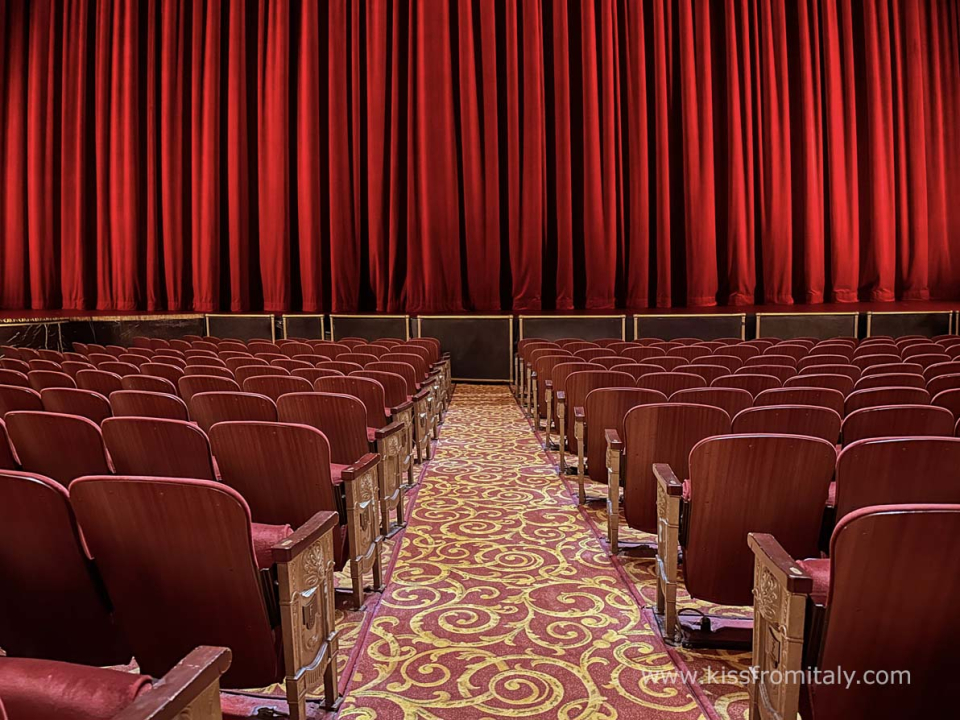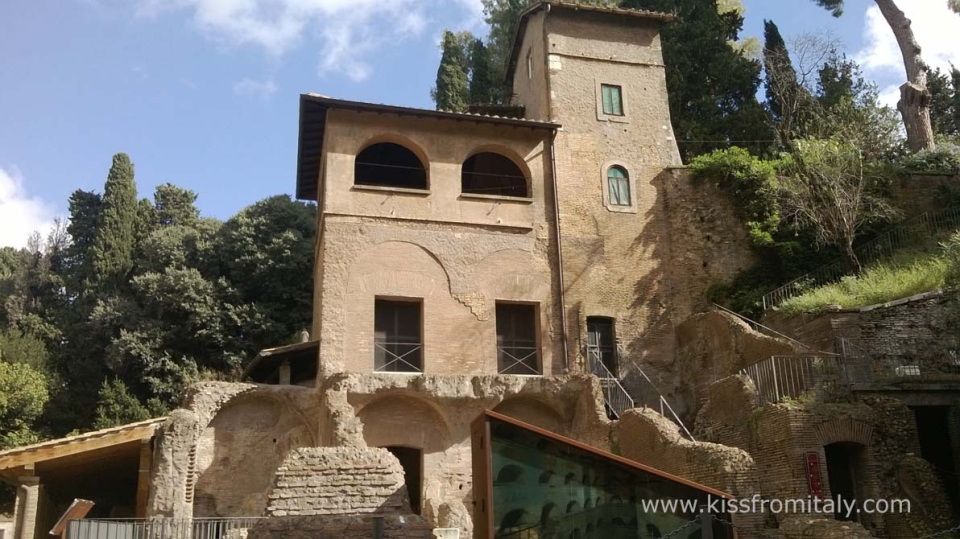
See Newly Restored Paintings by Costantino Brumidi, Painter of the US Capitol Building
This past weekend, on December 7th, The Theater of Villa Torlonia in Rome reopened to the public for the first time in 70 years.
The theater is part of the Museum of Villa Torlonia on Villa Nomentana, which was once home to Benito Mussolini. It dates all the way back to 1841 when Prince Alessandro Torlonia commissioned the theater to celebrate his marriage to Teresa Colonna. Architect Quintiliano Raimondi designed the plan for the theater, combining elements of Classic, Gothic, and Moorish styles. The Architecture truly reflects the opulent taste of the second half of the 19th century.
Gallery
Roman artist Costantino Brumidi was commisioned to plan and execute the decoration of the theater. Brumidi is not well known to most Italians, but an American visiting the theater might find the setting strangely familiar and for good reason! While the Torlonia theater is his most important work in Italy, Brumidi is the artist behind the frescoes of the Capitol building in Washington DC. In contrast to the frescoes of the Capitol Building, Brumidi worked in tempera and oil in the Torlonia Theater. Not all of the artwork inside the theater was completed by Brumidi himself since he set sail for America in 1849 and the project was not completed until 1874. Still, his style is evident throughout the theater as you can see in the split images of a corridor and maiden in the gallery above: on the left image Villa Torlonia and on the right image the US Senate. For beautiful pictures and commentary comparing the interior of the Villa Torlonia Theater to the Capitol Building, take a look at this post on the U.S. Capitol Historical Society Blog.
The Theater was abandoned and left in poor condition after years of neglect. In the late 90s the long, and expensive project of restoring the Theater began. For the reopening on Saturday December 7th, the Theater held its first performance since 1905 with a concert recounting the history of the theater. After decades of languishing forgotten on the grounds of Villa Torlonia, and years more after that of painstaking restoration, this important piece of history and art has finally been restored to the city of Rome.




